- Home
- slideshows
- miscellaneous
- 9 mind-blowing facts about the US farming industry
9 mind-blowing facts about the US farming industry
Agriculture's $1.053 trillion contribution to the US economy is higher than the GDP of Indonesia

While there are more than 2 million farms across the US, farmers and ranchers make up just 1.3% of the labor force.
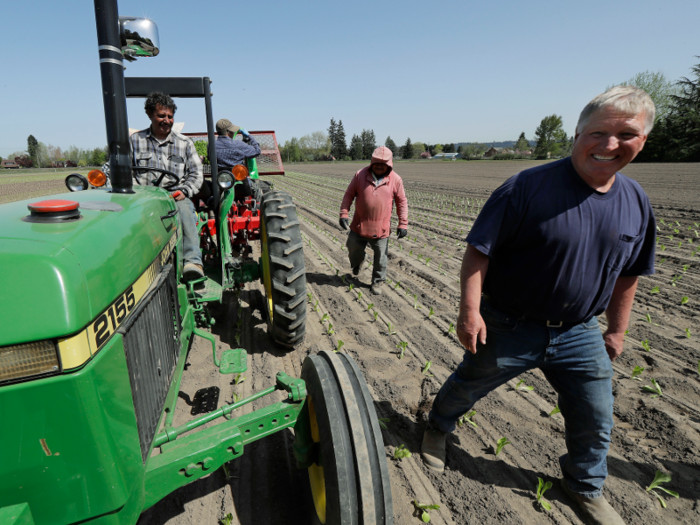
While farmland may stretch far and wide, farmers and ranchers themselves make up just 1.3% of the employed US population, totaling around 2.6 million people.
Today, there are about 2 million farms in operation in the US, a steep decline from 1935, when the number of farms peaked at nearly 7 million.
Meanwhile, back in 1840, workers in the agriculture industry made up 70% of the American workforce.
The local food market in the US is expected to hit $20.2 billion, nearly doubling from 2014 to 2019
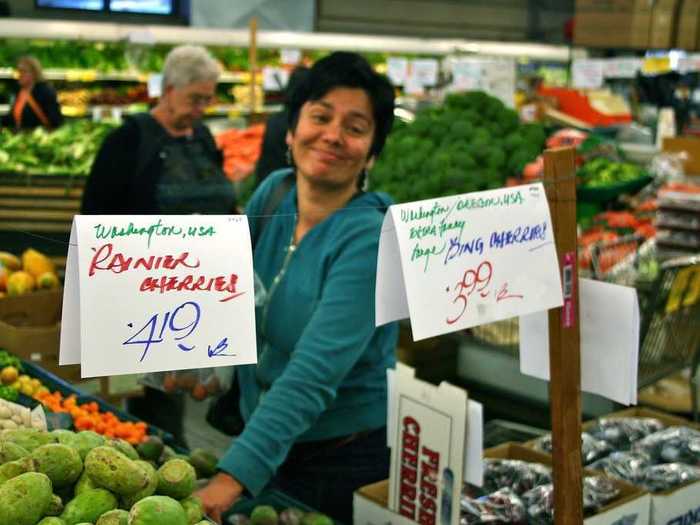
In 2017, global market research company Mintel found "widespread mistrust" among consumers in how food is made.
Is it safe? Ethical? Natural and environmentally friendly?
This mistrust has helped usher in support for farmers' markets and growing food at home. It's also increased the demand for traceability, or the ability to to track every step in the process of food production.
Soybeans account for 60% of the US' $23 billion worth of agricultural exports to China
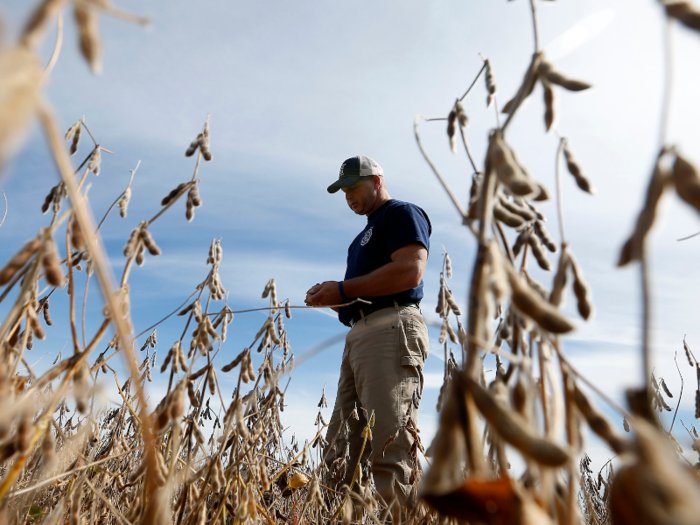
Though it was Chinese farmers who domesticated the soybean 3,000 years ago, today around 60% of America's soybean exports go to China.
While soy may conjure images of tofu, the plant is heavily used for cooking oils and feed for livestock, especially as incomes in China rise and the demand for meat and dairy ticks up.
In total, the US exported $23.8 billion worth of agricultural products to China.
But US soybean industry may be in jeopardy: On Thursday, a report stated China has halted imports of American soybeans amid the escalating trade war with the US.
Extreme weather is the cause of 90% of the crop losses in the US

The US Department of Agriculture estimates that 90% of crop losses in the US are because of extreme weather.
Earlier this year, record-breaking cold in January and intense snowfall in February led to flooding in the Midwest that may have cost the US as much as $3 billion as pastures and crops went underwater.
Meanwhile, in the West, total losses from the wildfires in Northern and Southern California have topped $12 billion. And in the south, Texas A&M AgriLife Extension Service economists reported last year's Hurricane Harvey caused more than $200 million in crop and livestock losses.
Over 50,000 jobs in agriculture are available per year in the US, yet there aren't enough qualified graduates to fill the spots.
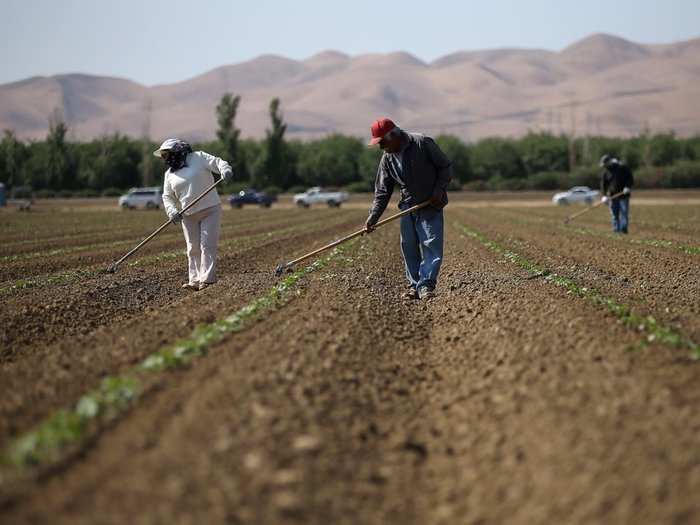
Jobs in agriculture don't necessarily take place in a field. New hires may find themselves in a lab, an office or perhaps even an open-concept coworking space.
Read more: 13 mind-blowing facts about Florida's economy
According to CareerAddict, some of the most lucrative positions available in the field include agricultural economists, who forecast trends and advise clients for an average of $105,000 per year, and agricultural lawyers, who handle cases dealing with proper land use, environmental protection and labor laws for an average of $115,820 per year.
In the near future, you'll be able to scan the sticker on an apple and trace its history
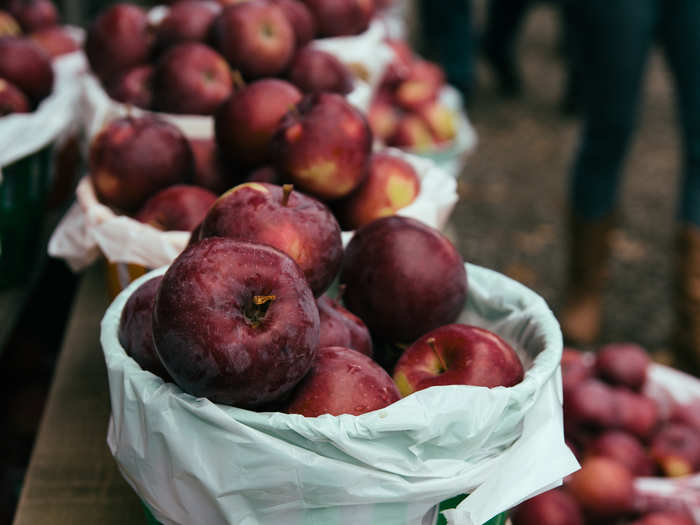
According to agricultural science company Corteva, new technology powered by the Internet of Things has the ability to trace the journey taken by a single piece of fruit or stalk of celery on its way to the grocery store.
The smart labels are meant to assuage fears consumers may have about where their food comes from. They also target consumers who predominantly shop at local farmers' markets and want to make sure the food they pick up at the store doesn't carry a significant carbon footprint.
41% of the contiguous US is used to feed livestock. That's 800 million acres, roughly the size of India
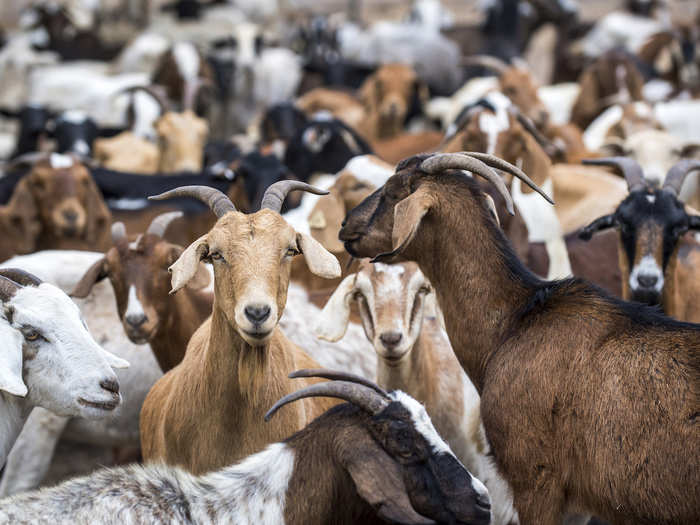
A study by Bloomberg found that while US agricultural land takes up 391 million acres — a fifth of the land in the 48 contiguous states — only 77.3 million of those acres are used to grow the food we eat, while 800 million acres go toward feeding cows and other livestock. That makes up 41% of the contiguous US, and is roughly equal to the size of India.
For comparison, the same study found that urban areas made up only 3.6% of the total size of the 48 contiguous states.
Once a place to talk shop, #AgTwitter has helped curb depression among farmers
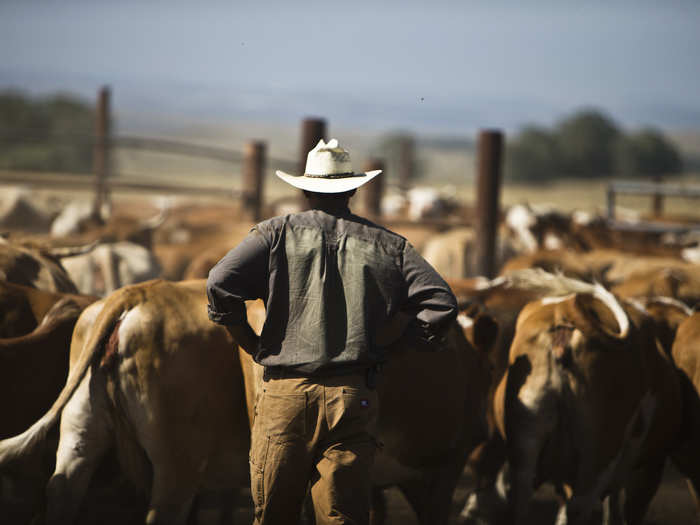
According to PBS NewsHour, rural areas have had some of the highest suicide rates of any geographic area in the United States, and suicide rates among farmers and agricultural workers actually outnumbered homicide rates between 1992 and 2010.
While stigma around treatment and a lack of mental health professionals in the area doesn't exactly help, many have been able to find support on Twitter.
Mike Pearson, a farmer who uses the community, told PBS that the #AgTwitter community lacks the "toxic negativity" of political Twitter and has been a source of both information and support.
Popular Right Now
Popular Keywords
Advertisement
